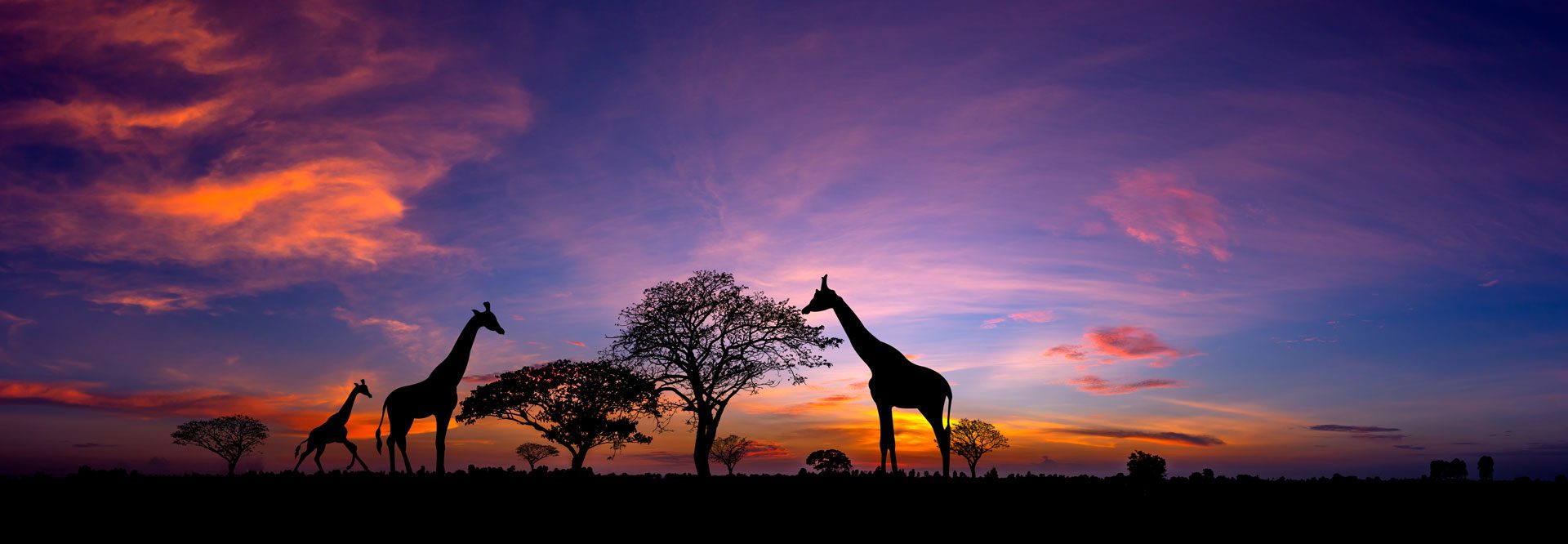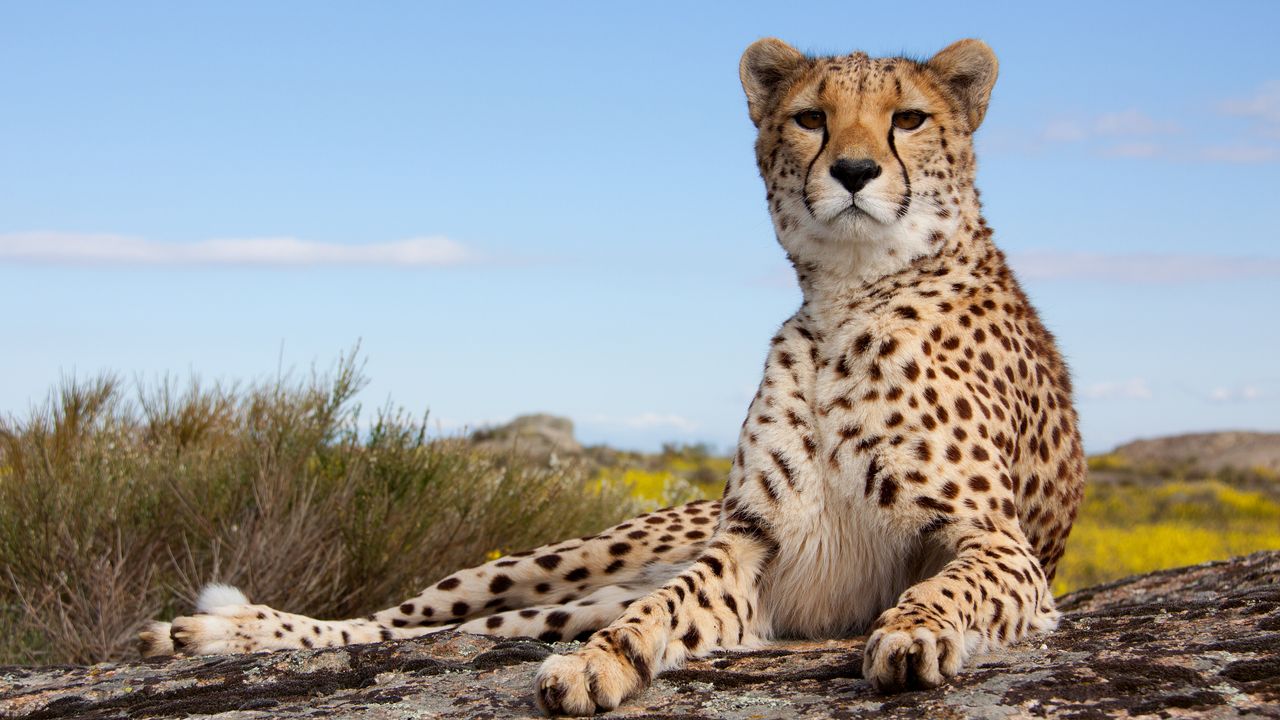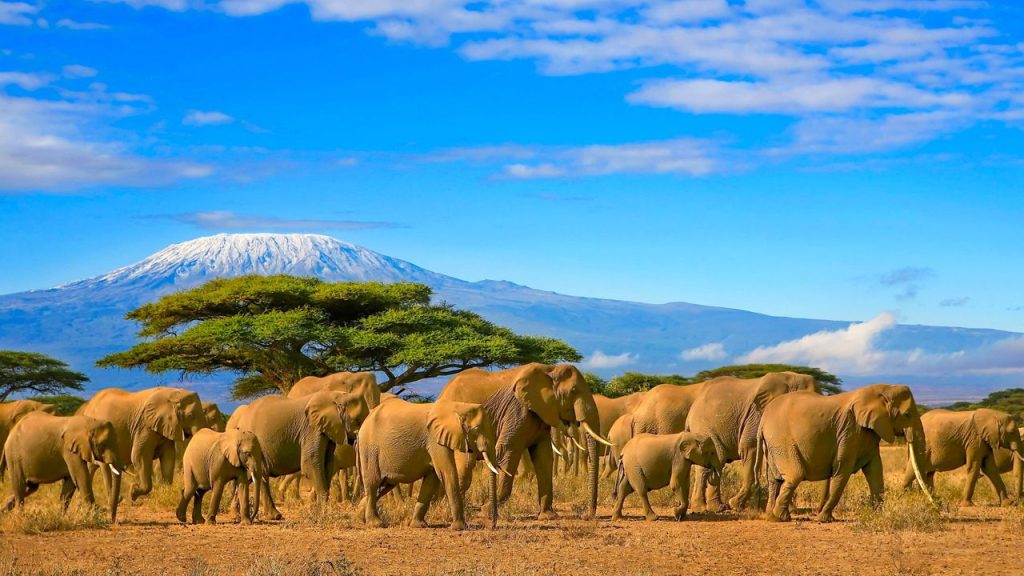Serengeti National Park: A Wildlife Paradise
Welcome to the Serengeti National Park, a place that will leave you in awe of its breathtaking landscapes and abundant wildlife. Located in Tanzania, this iconic park is a haven for nature enthusiasts and adventure seekers alike. Whether you are interested in witnessing the famous Serengeti migration, exploring diverse habitats, or simply immersing yourself in the beauty of the African wilderness, the Serengeti has something to offer for everyone.
Serengeti Travel Information
Before embarking on your Serengeti adventure, it’s important to gather some essential travel information. The park is accessible by both air and road, with several airstrips and well-maintained roads connecting it to major cities and towns in Tanzania. If you prefer flying, you can catch a domestic flight from Arusha or Kilimanjaro International Airport to one of the park’s airstrips.
When it comes to accommodation, the Serengeti offers a range of options to suit different budgets and preferences. From luxury lodges and tented camps to more budget-friendly campsites, you can choose the type of accommodation that best suits your needs. It’s advisable to book in advance, especially during peak seasons, to secure your preferred lodging.
Now, let’s delve into the wonders that await you in the Serengeti.
Serengeti Migration: A Natural Spectacle
The Serengeti is renowned for hosting one of the most incredible wildlife spectacles on Earth – the Great Migration. Each year, millions of wildebeest, zebras, and other herbivores embark on a treacherous journey in search of fresh grazing lands. Witnessing this awe-inspiring event is an experience like no other.
The migration follows a circular pattern, with the animals moving from the southern plains of the Serengeti to the northern reaches, crossing crocodile-infested rivers along the way. The best time to witness the migration depends on your specific interests. If you want to see river crossings, plan your visit between July and September. For calving season, when thousands of wildebeest give birth, visit between January and February.
Remember, nature doesn’t follow a strict schedule, so the exact timing and location of the migration can vary. However, with a knowledgeable guide and a bit of luck, you are bound to witness this incredible phenomenon.
Serengeti Habitats: A Tapestry of Biodiversity
The Serengeti is not just about the migration; it is also home to a diverse range of habitats, each supporting a unique array of flora and fauna. From vast grassy plains to acacia woodlands, rocky outcrops, and riverine forests, the park’s habitats offer a rich tapestry of biodiversity.
The open grasslands of the Serengeti are a paradise for herbivores such as gazelles, buffalos, and elephants. These vast plains also attract predators like lions, cheetahs, and leopards, making for thrilling wildlife encounters. The acacia woodlands provide shelter to giraffes, baboons, and a variety of bird species, while the riverine forests are home to monkeys, hippos, and crocodiles.
Exploring these habitats on game drives or guided walks allows you to appreciate the intricate web of life that thrives in the Serengeti. Remember to respect the park’s rules and regulations, and always prioritize the well-being of the animals and their habitats.
Conclusion
The Serengeti National Park is a natural wonder that captivates the hearts of all who visit. From the awe-inspiring migration to the diverse habitats teeming with wildlife, this park offers an unforgettable experience. So, pack your bags, embrace the spirit of adventure, and get ready to immerse yourself in the beauty of the Serengeti.


